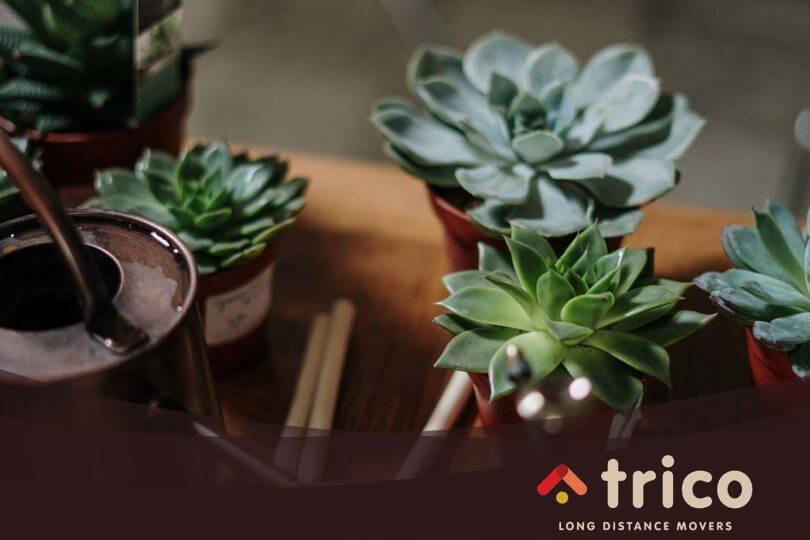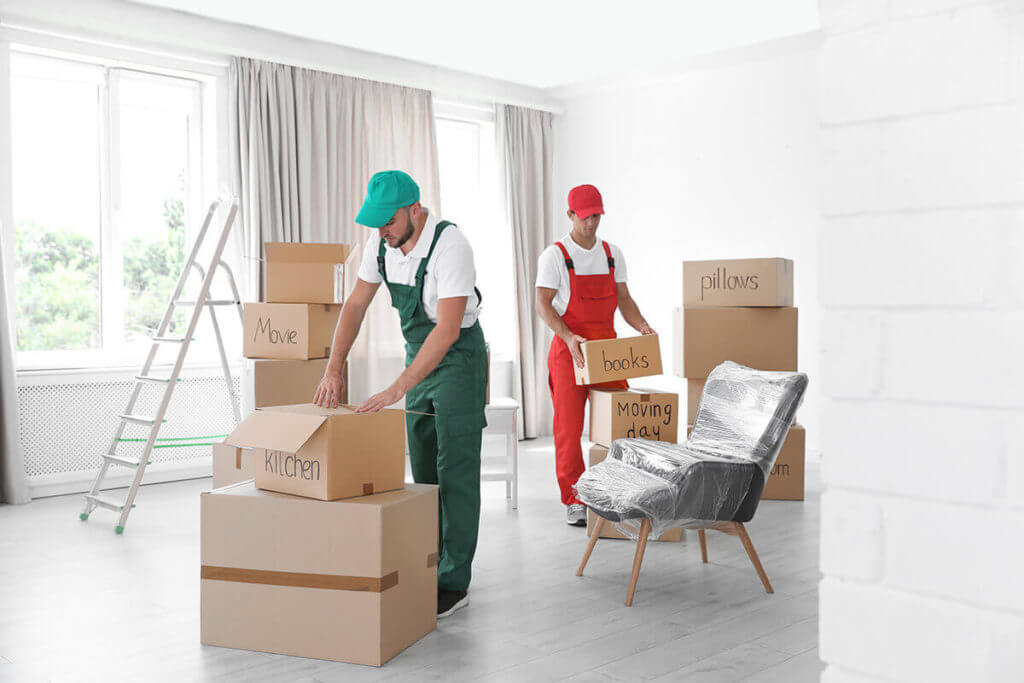Are you thinking about the best way to move house plants across the country because of your soon-to-happen long distance relocation? We got you covered. Even though cross country relocation companies don’t ship living plants, they still have the best advice on how to do it without losing your precious home additions in transportation.


If you wanted to know Can you take plants with you when you move house or Can you move plants cross country, the answer is yes, of course, but most likely by yourself. Companies in relocation business usually don’t take the responsibility of transporting pots with greenery across state borders because they need care, sunlight and watering every once in a while, and the movers simply don’t have time to do that, especially if your things are going to spend some time in a storage unit. If greenery is on your list of moving essentials, we have a few tips. Here’s what steps you should take before the date of move, what can you do during transportation, and how to unpack without breaking the leaves or spilling the soil. Let’s dive in.
Before you even start thinking about relocating your flora to another home, see if the state you’re coming to accepts what you’re taking with you. Some states only allow bringing a plant that has been indoors in a pot, and some have strict rules even for that. If you’re relocating to California, Oregon, Washington, Arizona, or Florida, keep in mind that they are especially rigid in this regard. For other states, check The United States Department of Agriculture or the state’s department of natural resources – they can provide you with all the details regarding the shipment of flora. If you want to know Can you move plants after planting them outside, the answer can be tricky. Certain states don’t allow that because they want to minimize the spread of harmful insects, diseases, or other pests that can be common if your plant was outside.
It’s not just about how doable moving plants across the country is, or does the state allow it. Your concern should also be will your herb grow and thrive in the climate you’re moving to. Be sure that you’ve checked that the weather in your new hometown will be as good or even better than the previous one if you’re moving to a different climate.

One of the reasons why people struggle with a question on how to move house plants long distance is because it takes weeks of planning and preparing, and it causes moving stress. Keep in mind that the weather must be apt as well. Whether you’re moving in the summer when the heat is the enemy of your herbs or moving in winter when the cold and dry air can do a number on your green friends, you must try to protect it as much as possible. It’s recommended to relocate when the weather in your state is mild.
Here’s what else you can do to prepare them and make this transportation easier:
It’s crucial to check your flora for insects that live on it, both indoors and outdoors ones. If you notice some, treat the plant or consider not relocating it. You can also call an agricultural department to ask if an authorized examiner can come and clear everything. After that, you’ll receive forms that you can keep in case you need to show them at state borders.

This is the time to get all the types of packing materials required for safe packing and relocation. You will need lots of boxes (or crates), packing paper, plastic bags, and bubble wrap. Proper packing will save all of your vegetation on this long trip.
So, when to start packing for a move with vegetation? We say – at least three weeks in advance. You will have enough time to get all you need, organize, and pack everything. Get extra boxes or crates, just in case, and make sure that they’re firm enough. The plan on packing depends mostly on how many greenery you have and how big they are.
What are the most common steps?
Don’t be surprised if you end up with a herb that you can’t bring because there’s no room left, or you just can’t figure out how to pack it. It’s not the end of the world, so don’t worry, if that specific plant can’t fit your moving across the country checklist, you can take a cutting.
There are different methods for each family of flora, but they all include having a sharp knife and cutting a healthy growth. Keep it moist with wet paper towels in a zip-lock bag and replant it once you come to your new place. If you have to leave some of your greenery behind, and you’re moving to a smaller home, that might not be such a bad idea.
There are a couple of ways to have a successful relocation of your flora. You can ship them in your car, by truck, airplane, or you can mail them. We’ll explain each one so that you can decide exactly what suits you the most.

Once you’ve arrived at your destination and started unpacking, be sure that you open the boxes and unload the crates as soon as possible. Take the herbs out, remove the plastic bags, and water them. They will recover after a few weeks, so you might see them losing leaves. Don’t worry, this is a normal reaction to the shock of the change, and it will pass.
It’s important to know how to open the boxes properly without spilling the soil or breaking the herb. Start with cutting the tape on the box from the bottom, return it to the upright position and just pull the box up so you don’t damage the branches.
The only thing left is to find the perfect place for the plant in your new apartment, and to take care of it.

While all of this preparing and learning about how to move plants occupies your time, a team of professional long distance movers can handle everything else. Even though hiring a professional cross country company isn’t really the cheapest way to move out of state, it’s the most effective one. A reliable moving company will handle all your belongings with care, they will disassemble and reassemble everything, which is great news if you’re moving furniture as well. Most importantly, you will have one worry less on your mind during this tense time.

If you can’t imagine your living space without your beloved greenery, or some of them hold sentimental value, you shouldn’t hesitate to bring them with you. Even though relocating with an indoor or outdoor vegetation isn’t quite simple, we promise a smooth and stress-free relocation with these tips.